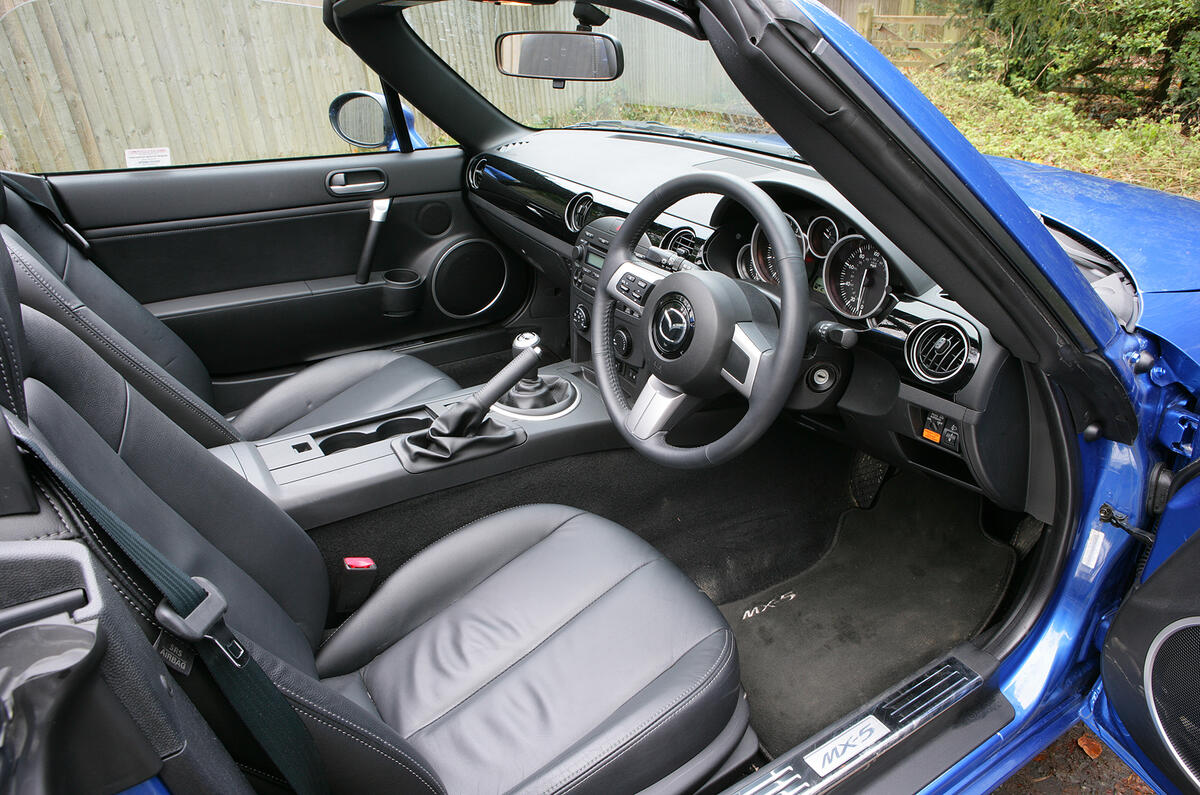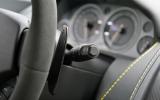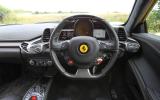Like it or not, 2013 was the year in which the manual gearbox all but rolled over and died.
The list of so-called enthusiast’s cars that were replaced this year without the option of a manual gearbox is long and, in some instances, quite shocking. Take a bow the new Porsche 911 GT3 and 911 Turbo, Renault’s new Clio RS 200 Turbo, Aston Martin’s latest V12 Vantage S and all of Lamborghini’s new supercars, to name but a few.
What this proves, beyond all reasonable argument, is that the manual gearbox, or the stick shift, as they refer to it across the pond, will soon be a thing of the past, certainly among new cars at any rate. Or will it?
In the UK, and despite the hype surrounding the supposed death of the manual transmission and the inexorable rise of the flappy-paddle gearbox, some 75 per cent of the 1.8 million new cars that were bought before 20 October this year had, yes, a manual ’box. In other words, only a quarter of new cars sold in the UK this year were automatics, and by no means all of those have flappy paddles and even fewer are full-blown dual-clutch autos.
Looking at the overall sales figues since 2004, the popularity of the manual gearbox has dropped slightly, true, but nowhere near at the rate that you might think. In 2004, 17.6 per cent of the 2.55 million new cars sold had an automatic gearbox, which means a rise in popularity of just 7.6 per cent during the past decade. Which is hardly what you’d call a fatality for the manual gearbox, even if a mere seven per cent of new cars sold in the US this year had a stick shift.
Even so, manufacturers such as Ferrari and Jaguar realised long ago that developing high-end sporting cars with manual gearboxes is pointless, because their customers are no longer interested in buying them. But it’s the increasing popularity of flappy-paddle gearboxes among more humble cars, such as next year’s new Vauxhall Corsa – to be offered with the option of a dual-clutch auto – that is arguably more indicative of the direction in which the overall market is heading. Which poses one or two intriguing new questions.
What happens, for example, if you take your driving test in a car with a dual-clutch gearbox and then buy a secondhand car that’s manual? Would you be allowed to drive a manual car, having passed your test in a dual-clutch auto BSM Corsa?
And why is it that the dual-clutch auto in particular – expensive to engineer and traditionally heavier than its manual equivalent – has become the transmission of choice of late, especially among cars aimed squarely at the enthusiast?



















Join the debate
Add your comment
hate them.
A Class 7 Speed Auto
a friend said his gearbox has oil in it...i am really sorry to say it is now up to how good the software programmer is and and how you like ur gears to change and whether you accept the decrease in economy...
-
The issue for me is where manufacturers, for varying reasons, choose one or the other for us and then try to justify it through spurious reasoning. For companies like AM and Renault I simply don't think they can afford to develop two different transmissions and then lay on the marketing spiel. Renault look particularly daft on this one given how superior the manual-only Fiesta ST is to the Clio 200. Ferrari and Porsche are permanently locked in battle to be the fastest and most technically dominant so their use of auto-only for their fastest cars is understandable if not excusable. Ferrari have their F1 tech tying into their cars so they're going to promote flappy paddles at all costs.
When you end up with hypercars and their mad speed and power I'm sure I wouldn't want to take my hands off the wheel either. Having said that, one very memorable drive I was able to take a few years ago was in a manual Gallardo which was superb.
The customer is always right and given the various reasons for choosing one transmission over another explained over 4 pages of responses one conclusion presents itself - offer both!